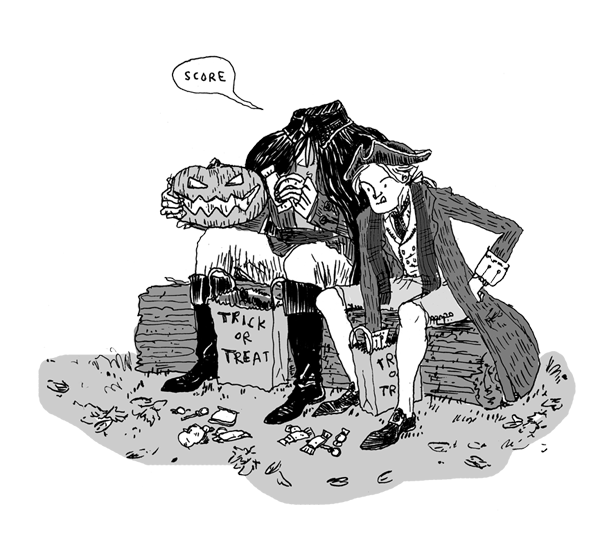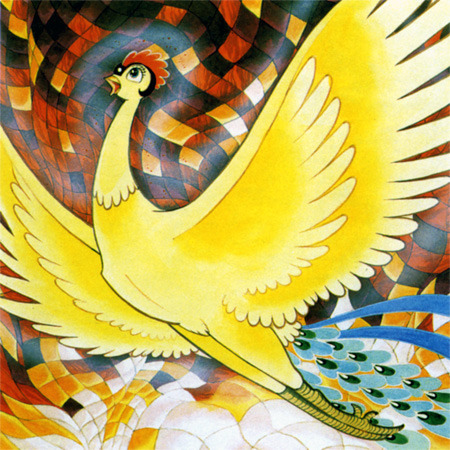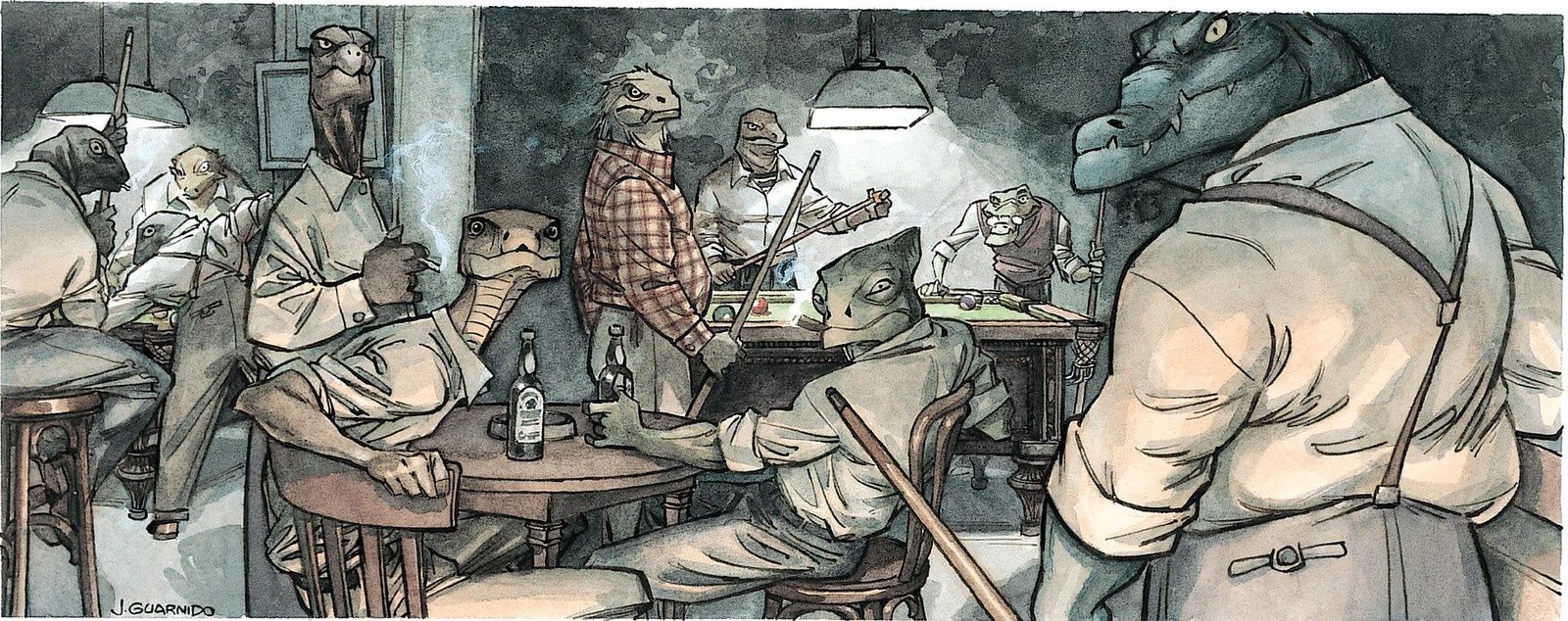I’ve read some brilliantly witty
webcomics over the past few years. On the top of my head, I can think of Hark! A Vagrant by Kate Beaton, as one
of the more successful webcomics. I also really enjoy Emily Carroll’s
beautifully done horror-centric comics – Carroll manages to creep the heck out
of me. And if you’re looking to have a nihilistic existentialist crisis,
Michael DeForge’s Ant Colony is a
webcomic for you.
I tried to read Johnny the Homicidal Maniac. Strangely
enough, I felt more disturbed reading Johnny
the Homicidal Maniac than when I had read the underground comics. It was
almost as though underground comics were meant to be crude and vulgar, but
reading Johnny the Homicidal Maniac was
not humorous in the slightest – in fact, I felt as though I was reading into
the psyche of a depraved and very angry human being. What’s funny to me is that
I later realized that Jhonen Vasquez, the creator of Johnny the Homicidal Maniac also created Invader Zim, a cartoon I absolutely adored when I was in middle
school.
What’s unfortunate to me is that a
lot of webcomics will go unappreciated. I can think of several very popular webcomics
that may be well-written or witty but don’t hold the same artistic value as
I’ve seen with less popular webcomics. As an illustrator, I find the quality of
the images to be extremely important as well. For example, xkcd is an extremely popular webcomic. But there’s no artistry in
drawing stick figures; anyone is capable of drawing stick figures. And because
of that I’ve had a hard time reading xkcd.





